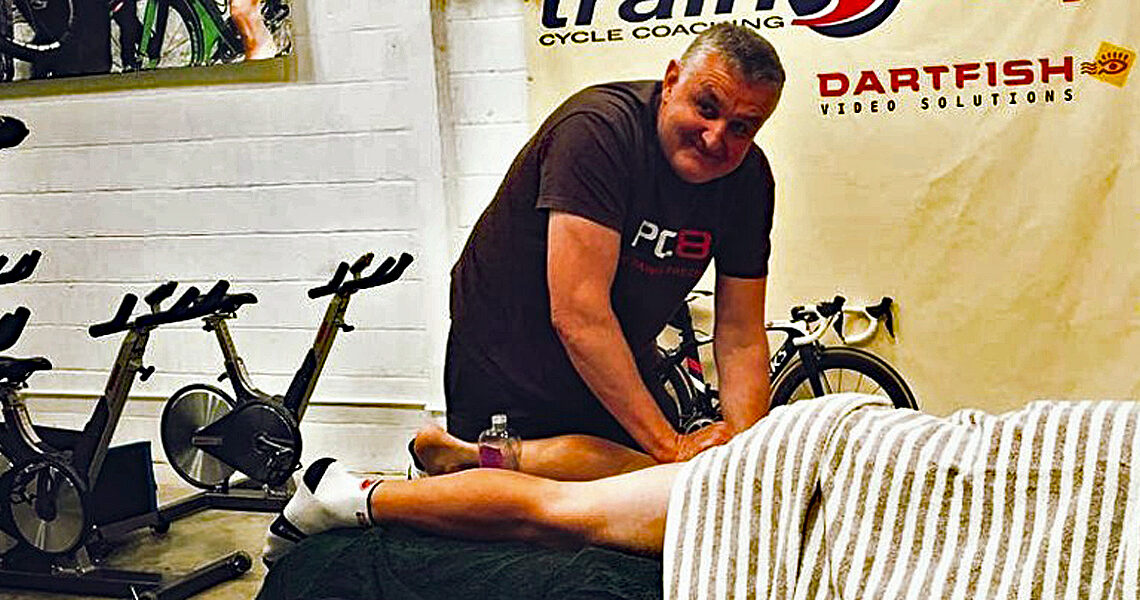
Like any other type of sport, injuries are inevitable in cycling, which can lead to chronic pain that impacts the quality of life for many cyclists. Luckily, there are many non-invasive therapies available to treat chronic pain from cycling injuries. These therapies aim to improve recovery while minimizing side effects.
Shockwave Therapy
Shockwave therapy uses high-energy sound waves to target damaged tissues, promoting healing and reducing pain. It is effective for conditions such as tendonitis, bursitis, and muscle strains, which are common in cyclists. This therapy involves using a shockwave therapy device to stimulate blood circulation and tissue regeneration, helping to break down scar tissue. Since it is non-invasive, shockwave therapy requires no surgery or medication and can be done at home, making it a safe and convenient chronic pain treatment option.
Osteopathic Treatment
Osteopaths diagnose the source of pain through observation and palpation and then create a personalized treatment plan. This plan may include techniques such as stretching and mobilization of muscles, tendons, and ligaments; and addressing referred pain from other parts of the body. Osteopathic treatment considers the body, mind, and spirit as interconnected. It treats the whole person, not just the symptoms, which brings a holistic approach to chronic pain management. This is another drug-free chronic pain treatment therapy, making it suitable for a wide range of patients.
Radiofrequency and Tecar Therapy
Radiofrequency technology utilizes electromagnetic waves to stimulate tissue regeneration, relax overused muscles, and improve nervous function. Tecar, which stands for Transfer of Energy Capacitive And Resistive, is a specific application of radiofrequency technology that promotes natural healing by generating heat deep within tissues, enhancing blood flow, and reducing inflammation. Radiofrequency technology is used for treating various cycling injuries affecting the wrists, neck, back, and lower back.
Stretching and Strengthening Exercises
This therapy focuses on specific target muscles such as the gluteals, piriformis, and deep neck flexors to reduce pain and prevent recurrence. The techniques include foam rolling, specific stretches, and exercises tailored to the affected area. Depending on the area of pain, some examples of stretching exercises can be hip rotator stretches, hip flexor and piriformis stretches, back stretches, and hamstring and calf stretches.
Bike Fit Adjustments
Proper bike fit can improve the pain caused by cycling injuries by reducing strain on muscles and joints. Adjustments may include changing saddle height, handlebar position, and cleat alignment. For example, lowering the saddle can avoid overextension of the legs, improving hip pain. Meanwhile, adjusting the handlebar position may decrease excessive forward lean, alleviate posture, and reduce discomfort. On the other hand, proper alignment of cleats on cycling shoes can help lessen knee pain.
How to Prevent Future Injuries
While numerous non-invasive therapies can help manage chronic pain from cycling injuries, preventing future injuries is the most effective way to live pain-free. To avoid re-injury and maintain long-term wellness, consider the following strategies:
- Regular exercise: Perform strengthening exercises to build resilience in muscles and tendons.
- Proper warm-ups and cool-downs: Always warm up before cycling and stretch afterward to prevent strains.
- Maintain a healthy weight: keep your weight in check to relieve stress on your joints and connective tissues.
By consulting your doctor for the right non-invasive chronic pain treatment therapy and a tailored treatment plan combined with injury prevention strategies, you can effectively manage chronic pain from cycling injuries and continue to enjoy this sport safely.
The post Non-Invasive Therapies to Treat Chronic Pain from Cycling Injuries appeared first on PezCycling News.




